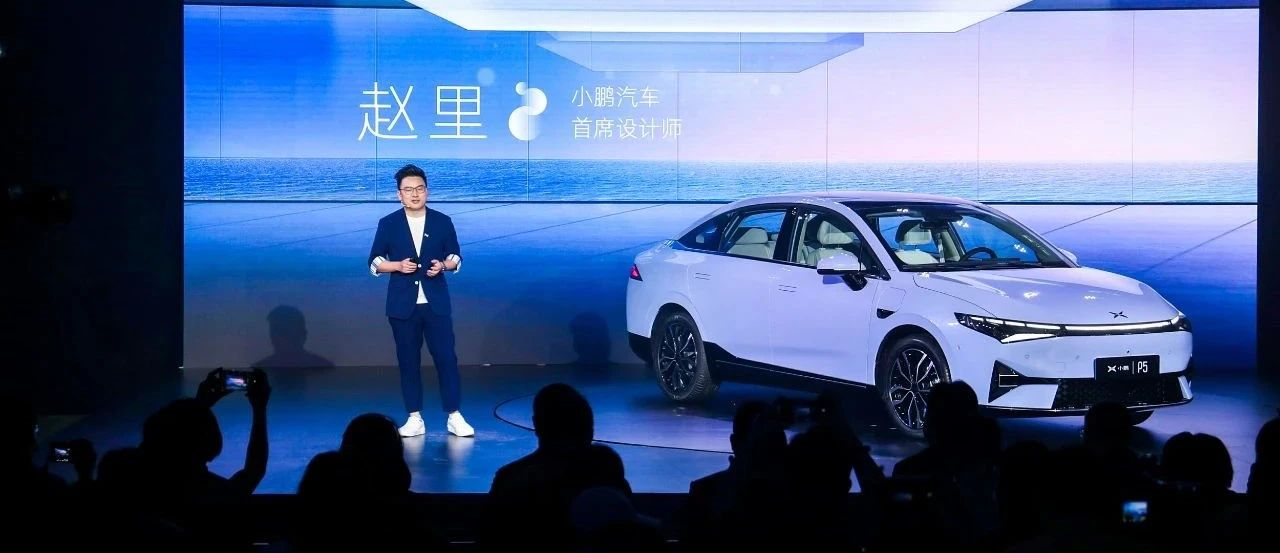*Author: Chris Zheng
On the evening of April 14th, XPeng Motors launched its third mass-produced model and second sedan, the XPeng P5, in Guangzhou. There has been extensive discussion online regarding the styling and intelligence of this car.
Public opinion regarding the XPeng P5 is polarized. Why does the XPeng P5 receive such extreme ratings, with negative comments on its appearance and positive comments on its intelligence? In our view, XPeng is promoting a very risky experiment through the P5: How important is vehicle intelligence to consumers in 2021?
This is a gamble, please continue reading.
Styling? What styling?
As mentioned earlier, after the launch of the XPeng P5, netizens made overwhelming critiques of its appearance. The most memorable comment for me was: “P7’s designer quit?”

First of all, let’s answer this netizen’s question. The chief designer of the XPeng P5 is Zhao Li, who also led the styling design of the XPeng P7. Yes, the two cars are from the same company.
However, through this question, we can also see other information: people are comparing the XPeng P5 to XPeng’s previous product, the P7. Below are two official pictures.
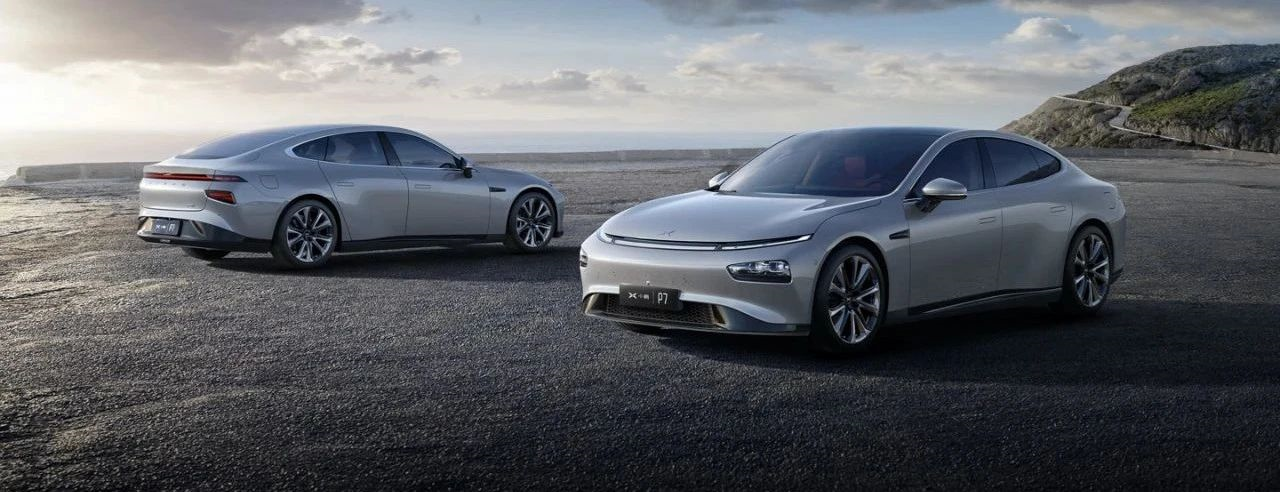
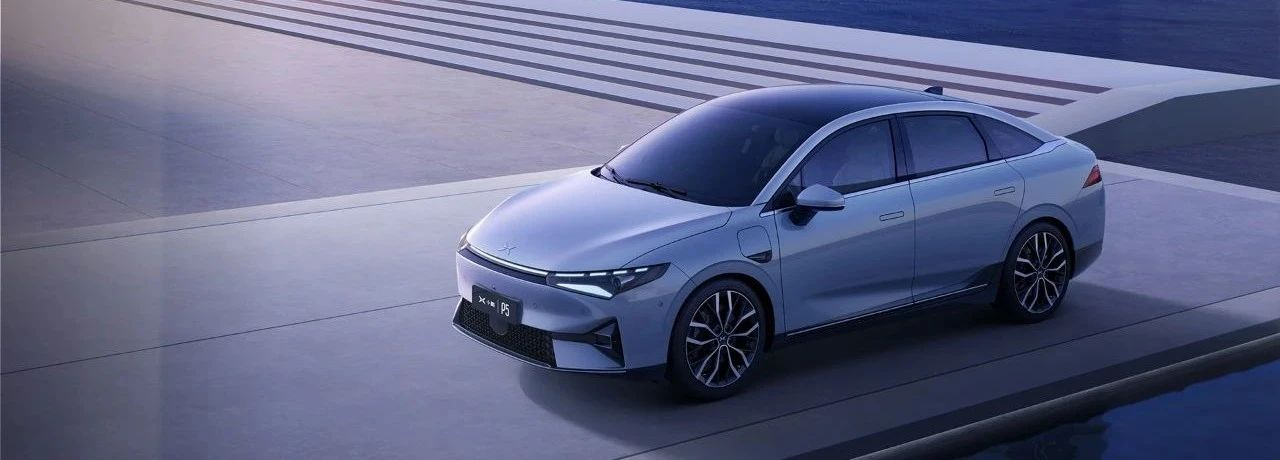
Obviously, the XPeng P7 has a more athletic posture and is more appealing to young people. But why didn’t the XPeng P5 follow this design?
First, let’s talk about the story of the XPeng P7. There were two versions of the P7’s styling, one with a height of 1480 mm and the other, which we see today, with a height of 1450 mm.
In order to pursue a more lowered and sporty visual effect, XPeng P7 chose the 1450 mm height, at the cost of sacrificing a certain degree of interior space and ground clearance.
(In fact, XPeng made a lot of investment and sacrifice for the styling of the P7, including having CATL customize a battery pack with a height of 110 mm and a ground clearance as low as 12.6 cm, which will not be elaborated here.)
The height of the XPeng P5, however, is 1530 mm. What does this mean?
Below are the competitors of the XPeng P5 in the same class of gasoline-powered cars and pure electric sedans. It can be seen that because electric cars have battery packs that take up vertical space, their height is generally higher than that of gasoline-powered cars.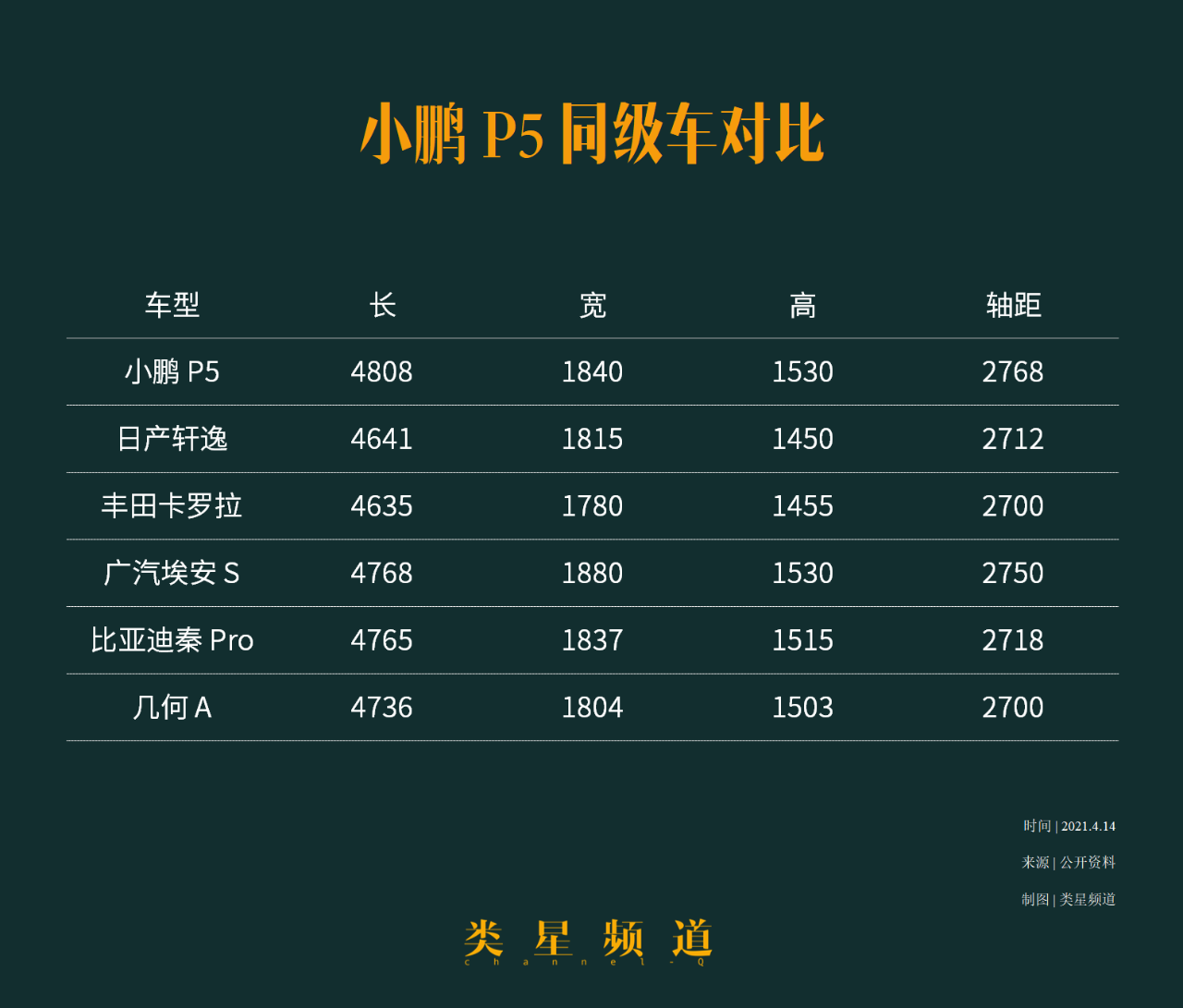
However, even in pure electric vehicles, XPeng P5 has one of the highest ground clearance among vehicles of the same class. In addition, according to “New Travel” report, XPeng P5 has a ground clearance of up to 16.3 cm, which is nearly 4 cm higher than P7. What does this mean? The ground clearance of a sedan, like the Tesla Model Y, is even higher than that of an SUV.
This is a clear product trade-off that XPeng has made between the P7 and P5 models. XPeng focused more on styling for the mid-to-high-end positioned P7, and on interior space and driving performance for the mid-to-low-end positioned P5.
Compared to the P7, which had invested heavily in styling, the styling of the P5 is mediocre in its class, mainly because it focuses more on interior space and driving performance.
For economically positioned vehicles, the pursuit of practicality is far greater than the pursuit of beauty. XPeng’s designers and netizens understand this, but the latter may not have thought about it at the moment of the product release, and besides, XPeng has not yet announced the price.
Intelligent “Gambling”
Let’s talk about the real key issue: the intelligent experiment carried out by XPeng P5. Let’s start with the title of the “world’s first mass-produced intelligent vehicle with a laser radar.”
XPeng P5 debuted with the HAP laser radar from Livox, a laser radar supplier owned by Dajiang Innovation (DJI). Strictly speaking, before XPeng P5, Audi A8 and Honda Legend had already produced vehicles with laser radar. So why is XPeng P5 the “world’s first”?
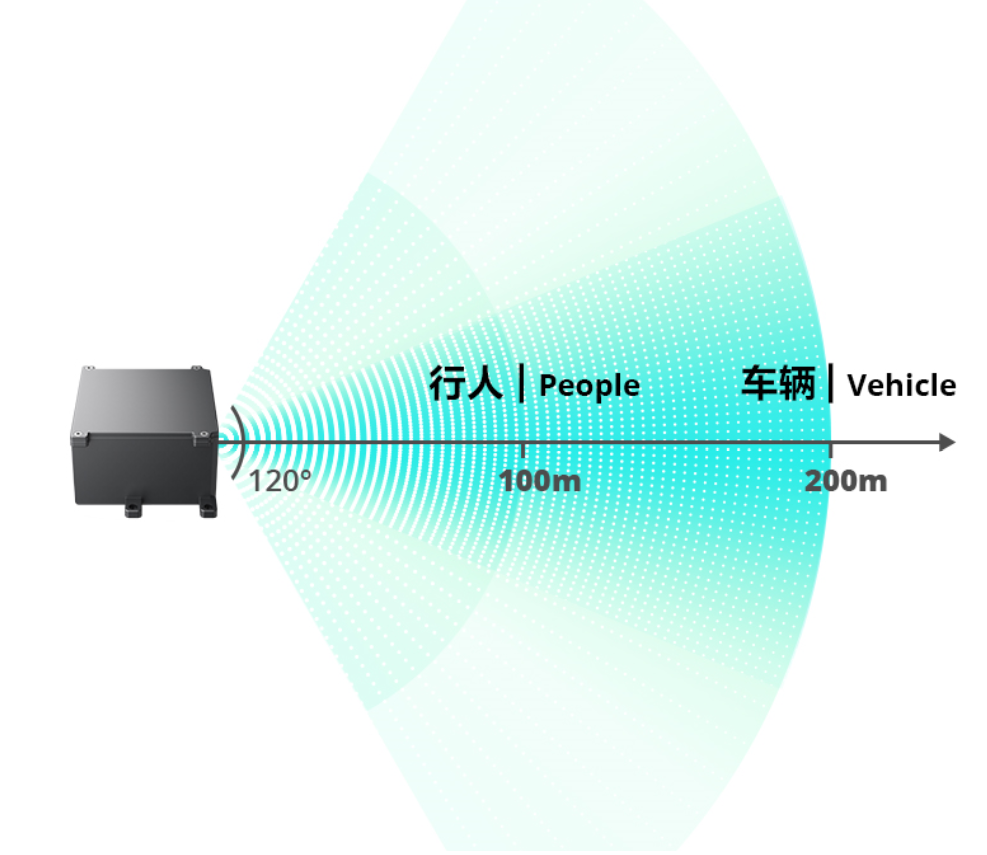
According to official information, Livox HAP LiDAR can detect low reflectivity (@10%) objects up to a distance of 150 meters, with a horizontal field of view of 120° and an angular resolution of 0.16°*0.2°, and a point cloud density equivalent to a 144-line LiDAR.
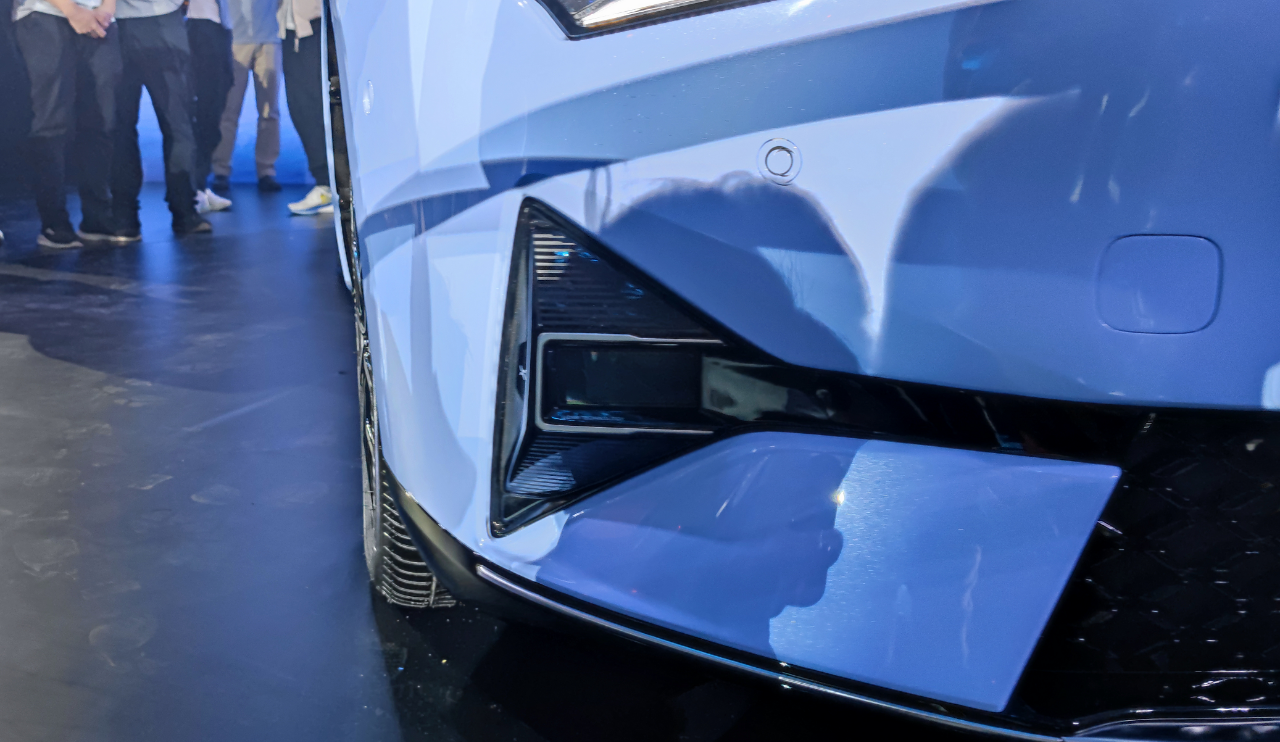
With these high-performance LiDARs, Xiao Pong P5 is equipped with two sets, one on each side of the front face, achieving a horizontal field of view of 150°.
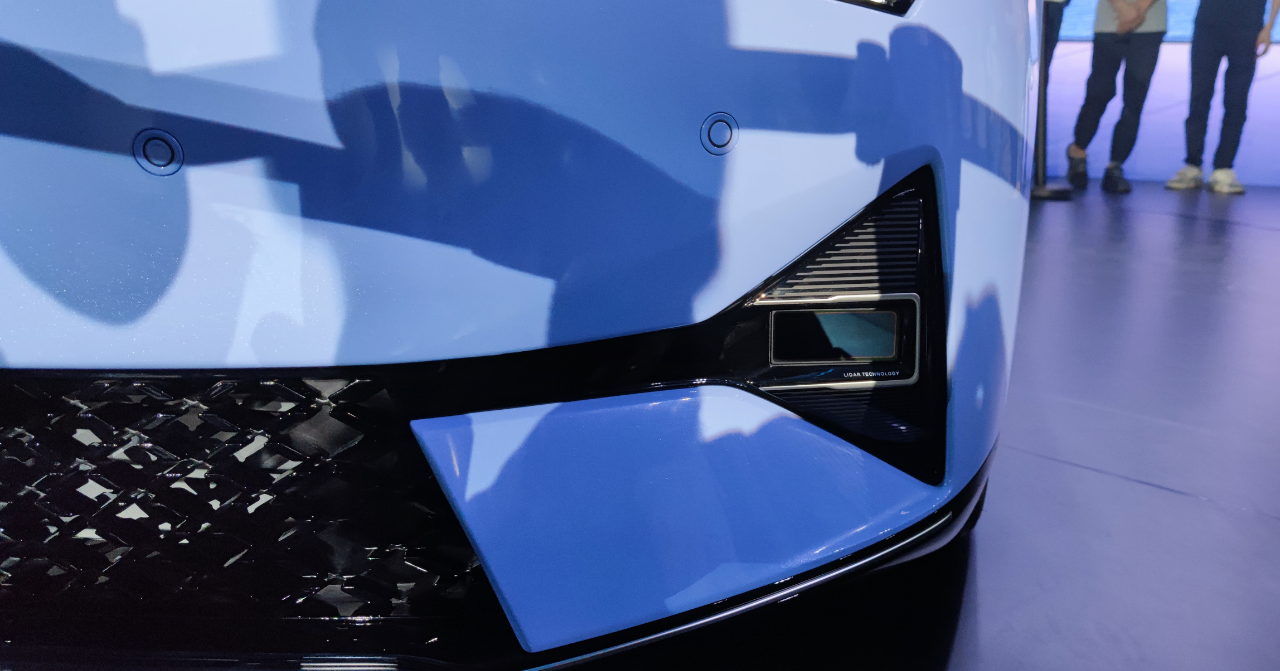
According to Xiao Pong’s previous XPilot plan, XPilot 3.5 will achieve mass production of autonomous parking and city driving assist (NGP) on certain roads based on parking lots with valet services.
Judging from the arrangement and comprehensive performance of the two Livox HAP LiDARs, the orientation of Xiao Pong P5 is very clear: by using two LiDARs to reinforce forward perception, it can solve sudden problems such as lane cutting and traffic rule violations frequently seen in Chinese city road scenes.
This is completely different from what low-line LiDARs on previous models such as Audi A8 and Honda Legend play in the perception of autonomous driving. In a sense, Livox HAP LiDARs are the key weapon for Xiao Pong NGP’s entry into the city.
Unless otherwise unexpected, the Xiao Pong P5, to be delivered in Q4 2021, is likely to replace the P7 as the smartest and most user-friendly production autonomous driving hardware in the Chinese market.
But the significance of P5 is not limited to that. As mentioned in the title, this is Xiao Pong’s intelligent “gamble.” Where is the gamble?
At the beginning of yesterday’s press conference, Xiao Pong clearly defined intelligence as intelligent driving and intelligent interaction.
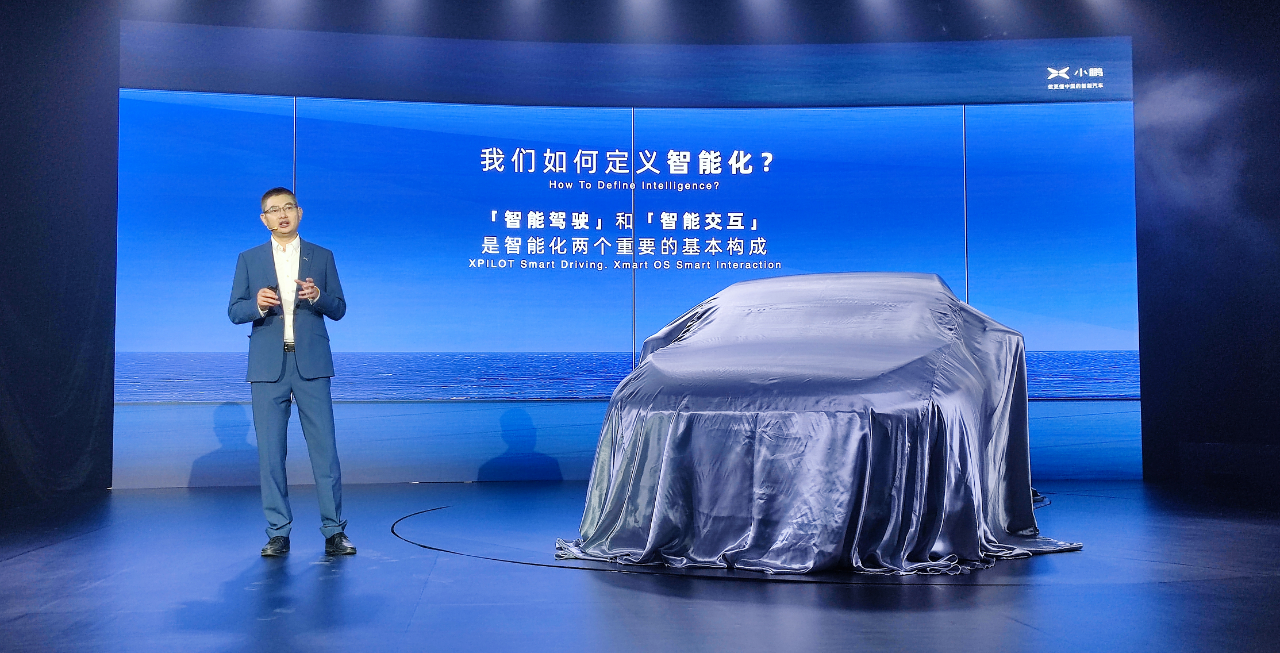
In terms of intelligent driving, Xiao Pong P5 has launched the XPilot 3.5 with dual Livox HAP LiDARs, surpassing Xiao Pong P7’s XPilot 3.0 in terms of hardware resources.
In terms of intelligent interaction, Xiao Pong P5’s central control chip has been upgraded to the Qualcomm Snapdragon 8155 chip, which is a big step forward from the Snapdragon 820A on P7.
As a product with a lower positioning, P5 has surpassed P7 in terms of intelligence configuration, which is quite different from the product planning logic of traditional automotive industry.In the process of evolution from “functional cars” to “smart cars” in the automotive industry, emerging car companies such as Tesla, XPeng, NIO, and Ideal continue to increase their investment in the field of intelligence, optimize intelligent-related experiences, educate the market and users, and promote consumers to gradually learn and accept intelligence, while paying for a better experience.
From XPilot 3.5 equipped with LIDAR and Xmart OS driven by Snapdragon 8155 chip, we can see that XPeng continues to strengthen its intelligence offensive, constantly consolidating and expanding its existing advantages in the field of intelligence, but the product carrier that bears all this encounters XPeng’s product line with a low positioning, i.e., the P5.
Even though the price of P5 has not been announced yet, XPeng has disclosed everything in its IPO prospectus: “XPeng is committed to covering the high-end market in the 150,000-300,000 price range,” which corresponds to XPeng G3 and the P5 sedan on the same platform, with the starting price closer to the left side of the range, i.e., 150,000-250,000.
So, the challenge facing the XPeng P5 is whether low-end users will pay for intelligence? Will a user who buys at the starting price of RMB 150,000 (calculated at the lowest price in the IPO prospectus) choose to purchase an automatic driving option package at a price of RMB 20,000 and unlock it for RMB 36,000 after delivery (calculated at XPilot 3.0)?
In the previous section, we mentioned that for economy-oriented models, the pursuit of practicality is far greater than the pursuit of beauty. So, for the current intelligent capabilities of cars, is it a balm for the user experience or an embellishment?
XPeng is undoubtedly one of China’s most committed manufacturers in improving the practicality of intelligent features, which is evidenced by its industry-first full-scene voice and numerous locally-optimized NGP.
A bit of news is that the XPilot 3.0 version of the XPeng P7 in the early stages was less than 30%, but it reached 70% later. If the news is true, it means that the market’s acceptance of intelligence is also growing rapidly. This undoubtedly reinforces XPeng’s confidence in promoting intelligence for the P5.
As witnesses who consistently pay attention to the transformation of the automotive industry towards intelligence, we are so curious about the answer to this question: How important is automotive intelligence for consumers in 2021?
Would you buy the XPeng P5? Would you choose to install XPilot 3.5?
This article is a translation by ChatGPT of a Chinese report from 42HOW. If you have any questions about it, please email bd@42how.com.
